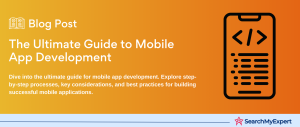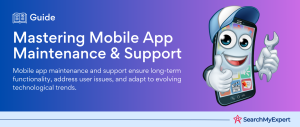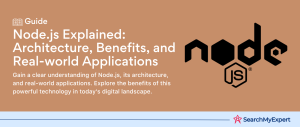Definition & Overview
Voice-First Applications are not just a trend; they’re a paradigm shift. Unlike traditional applications where voice is an add-on, Voice-First Applications make voice the primary mode of interaction.
Types of Voice-First Applications
- Smart Speakers: Amazon Echo, Google Home
- Voice-Enabled TVs: Samsung Smart TV, LG ThinQ
- Automotive Voice Assistants: Apple CarPlay, Android Auto
Evolution of Voice Technology
From IBM’s Shoebox to today’s sophisticated voice assistants, the journey has been incredible. The technology has evolved from simple command recognition to understanding context and emotions.
Milestones in Voice Technology
- 1980s: Speech recognition software like Dragon Dictate
- 2000s: VoiceXML standardizes voice applications
- 2010s: Introduction of smart speakers and advanced NLP
Quick Takeaways
- Voice technology has come a long way.
- It’s becoming increasingly integrated into our daily lives.
The Rise of Voice Assistants
Market Trends and Adoption Rates
The voice assistant market is booming, and it’s not just about smart speakers anymore. Wearables, smartphones, and even home appliances are getting voice-enabled.
Factors Driving Adoption
- Convenience: Hands-free control and multitasking
- Accessibility: Helps people with disabilities
- Innovation: Constant updates and new features
Quick Stats
- Over 35% of U.S. households have a smart speaker.
- Voice shopping is expected to jump to $40 billion by 2022.
Design Principles for Voice-First Applications
Feedback and Confirmation Strategies
Feedback is crucial in voice-first design. It reassures users that the system has understood their command.
Types of Feedback
- Tactile Feedback: Vibrations in wearables
- Visual Feedback: LED lights or on-screen text
Design Tips
- Use multi-modal feedback for a richer user experience.
- Always provide a way to undo actions.
Technical Architecture and Components
Cloud Platforms and Services
Cloud services are the backbone of voice-first applications. They provide the computing power needed for NLP and machine learning algorithms.
Popular Cloud Services
- AWS Lambda: For serverless applications
- Google Cloud Functions: Event-driven microservices
- Azure Cognitive Services: AI and machine learning services
Key Components
- Real-time Data Analytics
- User Authentication and Security
- Third-party API Integrations
Challenges and Limitations
Hardware Limitations and Integration
Not all devices are equipped to handle voice interactions efficiently. Battery life, microphone quality, and processing power are all factors.
Hardware Challenges
- Limited Battery Life: Constant listening drains battery
- Microphone Sensitivity: Background noise can be an issue
Challenges to Tackle
- Develop low-energy listening modes
- Improve noise-cancellation technologies
Future Potential and Innovations
Predictions for the Next Decade
Voice technology is expected to become more predictive, proactive, and personalized. Imagine your voice assistant as a mobile app knowing your needs before you even voice them!
Future Trends
- Emotion Recognition: Understanding user mood from voice tone
- Multi-Modal Interactions: Combining voice with gestures
What to Watch For
- AI-driven Personalization
- Real-time Language Translation
Case Studies And Real-World Applications
Educational And Accessibility Applications
Voice technology is breaking down barriers in education. From language learning apps to voice-guided educational games, the possibilities are endless.
Impact on Education
- Interactive Learning: Makes education more engaging
- Accessibility: Assists people with visual or motor impairments
Real-world Impact
- Voice tech is democratizing education.
- It’s making technology more inclusive and accessible.
Table: Key Components of Voice-First Applications
| Component | Description | Example |
|---|---|---|
| Voice Recognition System | Converts spoken words into text | ASR |
| Backend Processing | Processes the converted text and triggers actions | NLP Algorithms |
| Cloud Services | Provides the computing power for NLP and other machine learning algorithms | AWS, Google Cloud, Azure |
Data Visualization in Voice-First Applications
This pie chart below provides a clearer representation of the market share for various voice assistants as of 2023. Alexa takes the largest slice with 45%, followed by Google Assistant at 35%. Siri and Cortana have smaller pieces of the pie, with 15% and 5% respectively.
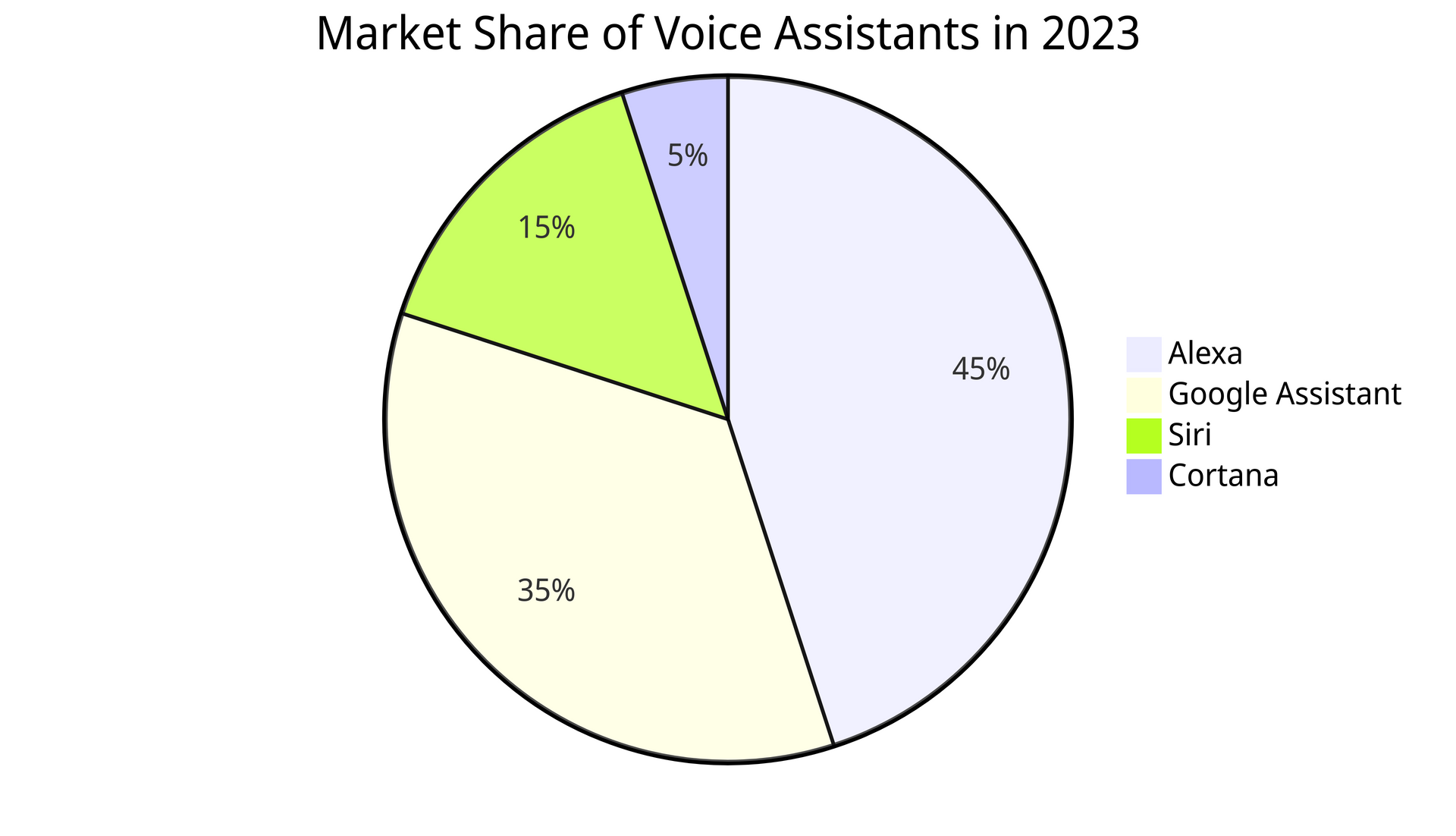
Factors Affecting Voice Assistant Adoption (Graph)
This graph adds a splash of color to the factors affecting the adoption of voice assistants. “Convenience” is highlighted in blue, “Innovation” in green, and “Accessibility” in red. Each leads to “Adoption,” represented in purple.
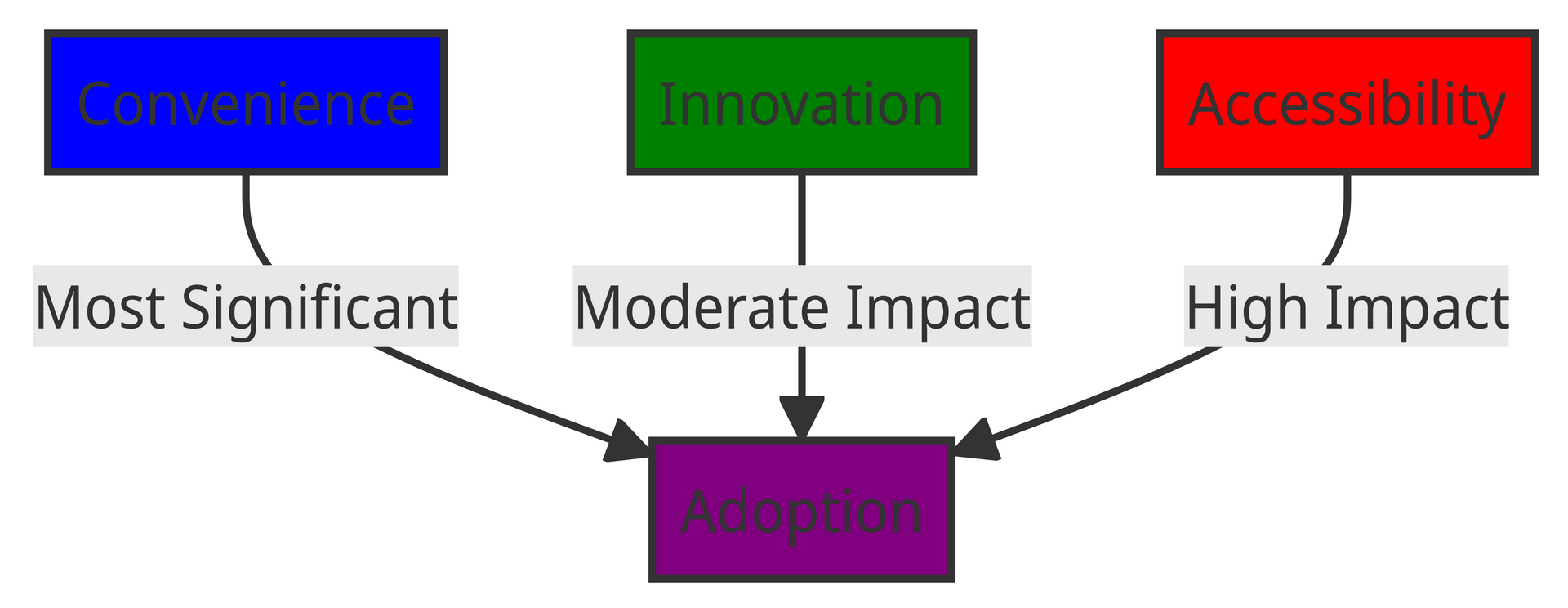
Conclusion
In the ever-evolving landscape of technology, voice-first applications have emerged as a game-changing innovation. From the humble beginnings of voice recognition to the sophisticated voice assistants like Alexa and Siri, the journey has been nothing short of revolutionary.
Key Takeaways
- User-Centric Design: The success of voice-first applications lies in their ability to understand and respond to natural language, making them incredibly user-friendly.
- Technical Sophistication: Behind the scenes, complex algorithms and cloud services work in harmony to deliver seamless experiences.
- Challenges: While the technology is promising, it’s not without its hurdles, such as understanding diverse accents and ensuring data privacy.
- Future Potential: The integration with AR and VR, and expansion into various industries like healthcare and automotive, opens up a world of possibilities.
The design principles of these applications focus on user-centricity, employing advanced Natural Language Processing (NLP) algorithms to understand and respond in a way that feels natural and intuitive. This has been a significant factor in their widespread adoption, as depicted in our colorful graph.
The Road Ahead
The future of voice-first applications is not just limited to personal assistants. Their potential integration with augmented and virtual reality technologies can redefine user experiences in gaming, healthcare, and even education. Industries are just scratching the surface of what’s possible with voice technology.
However, it’s crucial to address the challenges and limitations that come with this technology. Issues like data security and accent recognition need immediate attention to make these applications universally accessible and secure.
Final Thoughts
Voice-first applications are not a passing trend; they are the future. As technology continues to advance, we can only expect these applications to become more intelligent, more integrated, and more indispensable in our daily lives.
So, whether you’re a developer, a business owner, or an everyday user, understanding the ins and outs of voice-first applications is not just beneficial—it’s essential.
Lead, Don’t Follow with the expertise of these App Development Companies.
Table of Contents
Toggle

